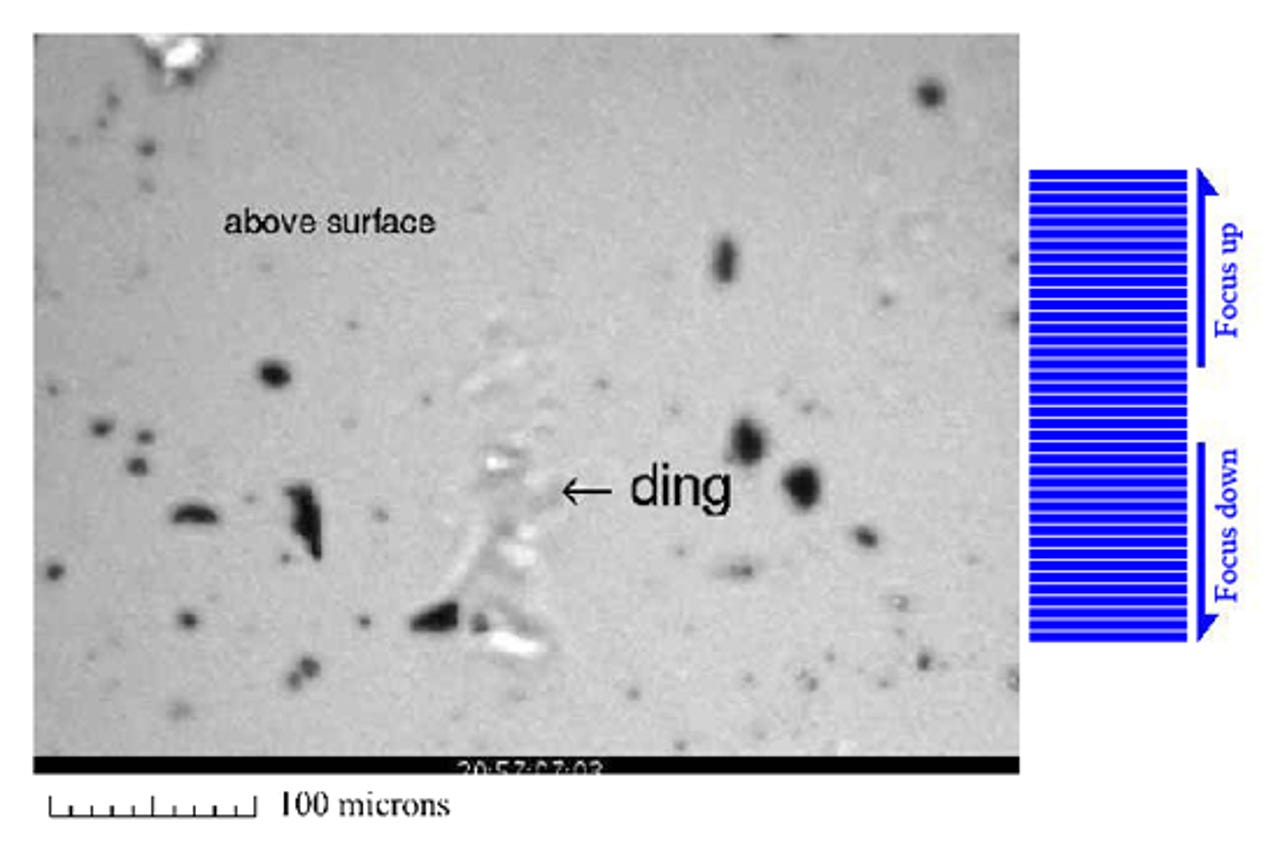Photos: Join the search for stardust

Wild2
The Stardust spacecraft launched in 1999 and reached Comet Wild2 in 2004. Twice, aerogel collectors were opened to capture particles from the comet. It safely returned to Earth on Jan. 15, 2006, and scientists have been studying the particles since.
Stardust@Home volunteers will be asked to examine one of 1.6 million "focus movies" from sections of the aerogel collectors to see if they can spot a particle that could be a micron in size. And to make it an even tougher task, volunteers will need to pass a test in the use of a virtual microscope that works with their Web browser before they earn the privilege to study samples.
Pictured here is a composite of Comet Wild2 produced from Stardust photographs.
Comet particle
It is estimated that about 40 tiny pieces from the comet's tail were captured and returned to Earth. The problem is finding them.
aerogel
This is what the aerogel collector looked like before it was sent on its mission.
side view
A side view of the particles trapped by aerogel.
tracks
This photo shows the tracks of comet particles after they were captured in the aerogel. The actual pieces are at the bottom.
tracking
Volunteers can locate tracks from the comet particles by zooming in through their virtual microscope. The upper picture here is what the surface looks like, and the track of a particle (lower picture) can be detected by moving a mouse over the bars on the right.

ding
The task is complicated by the many cracks and flaws in the aerogel over its 6-year mission. This "ding" is a false alarm.
track
This image shows the track of a comet particle before and after it was magnified. Volunteers who think they find a piece of comet dust are to notify Stardust@Home. Scientists will examine the findings and, if it's appropriate, will extract the particle from the actual aerogel returned by Stardust spacecraft.
community page
The Stardust@Home site features a Community page where volunteers can discuss the program and their results. The Top-100 volunteers will even get special recognition.